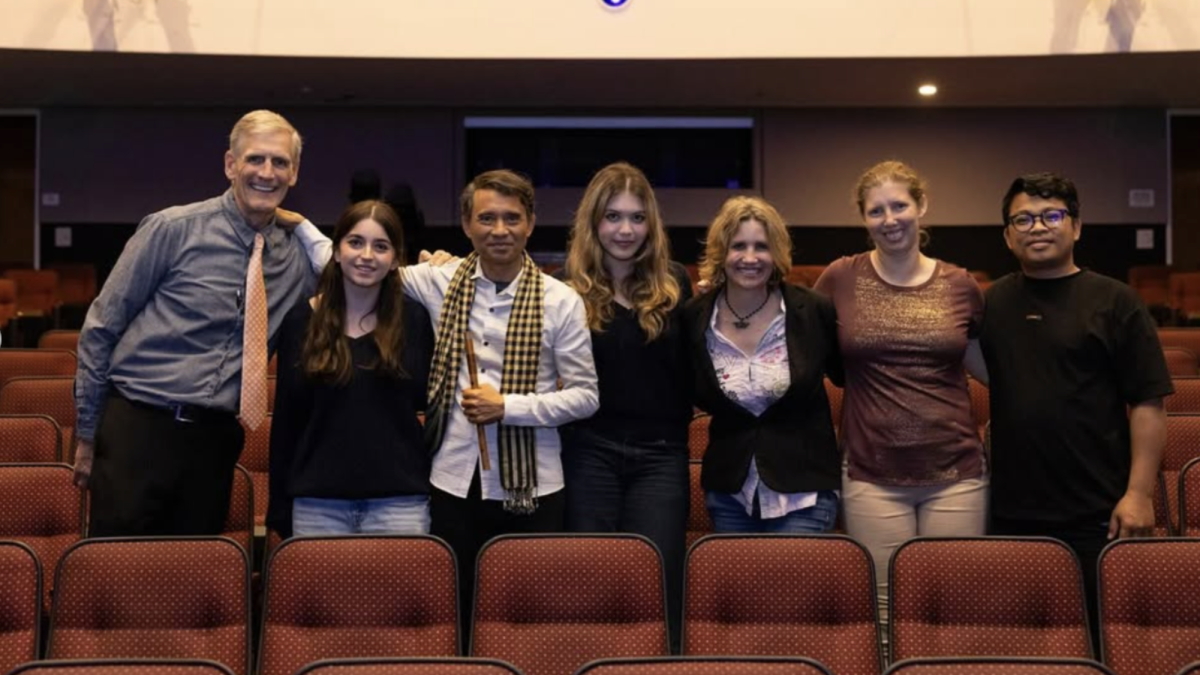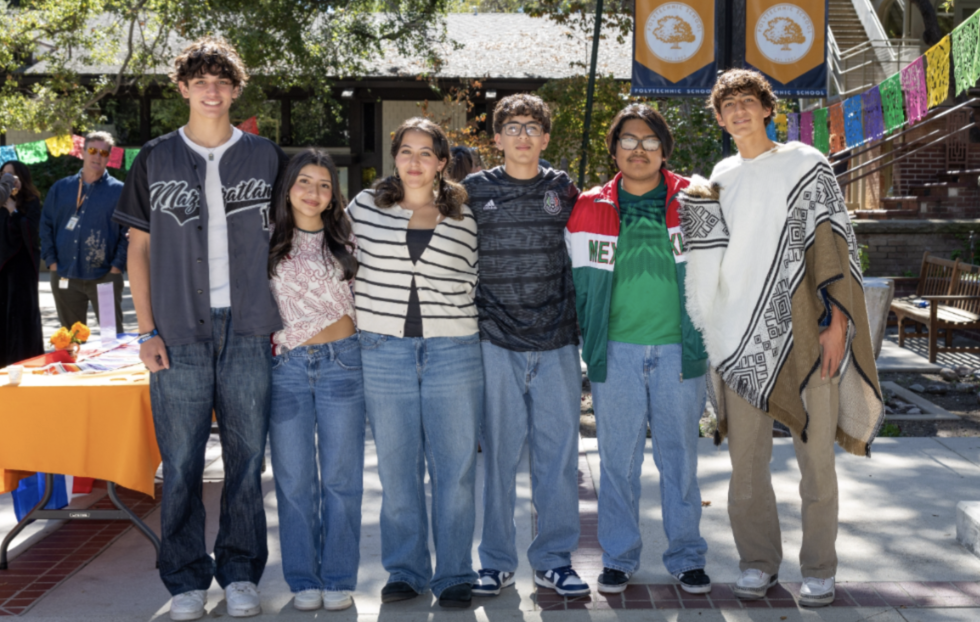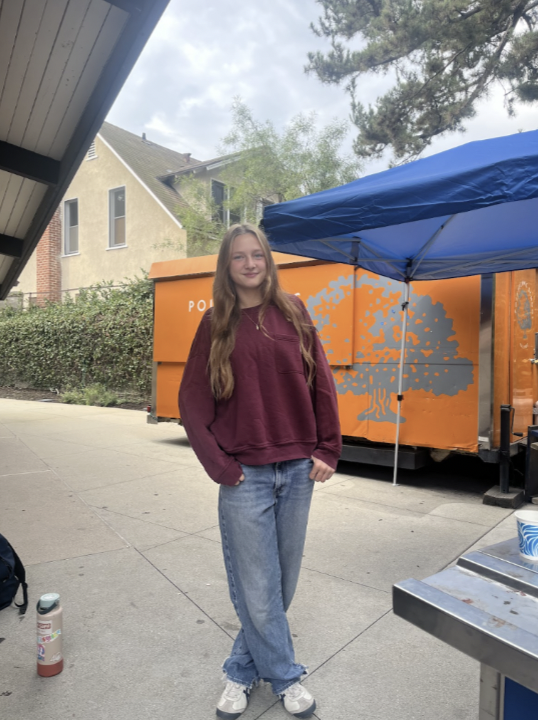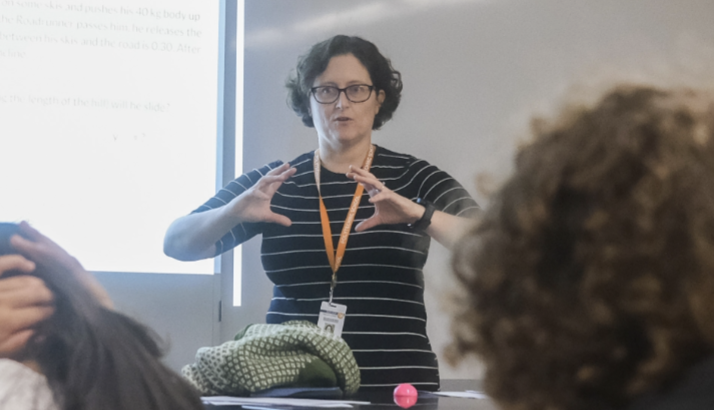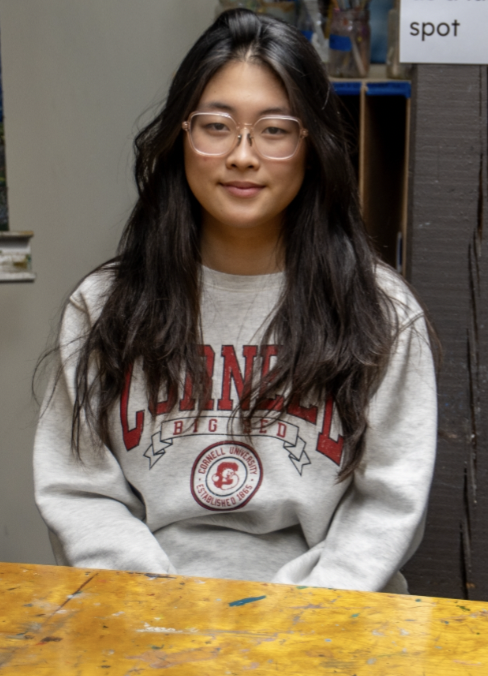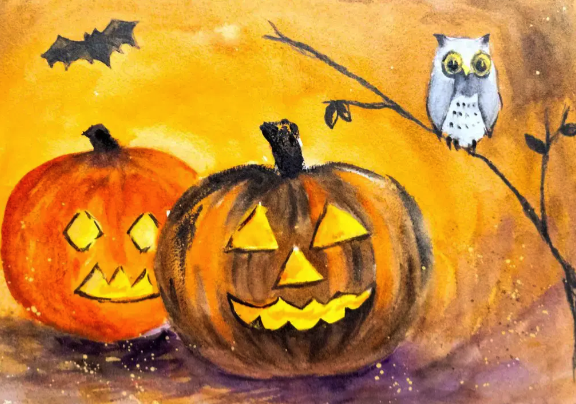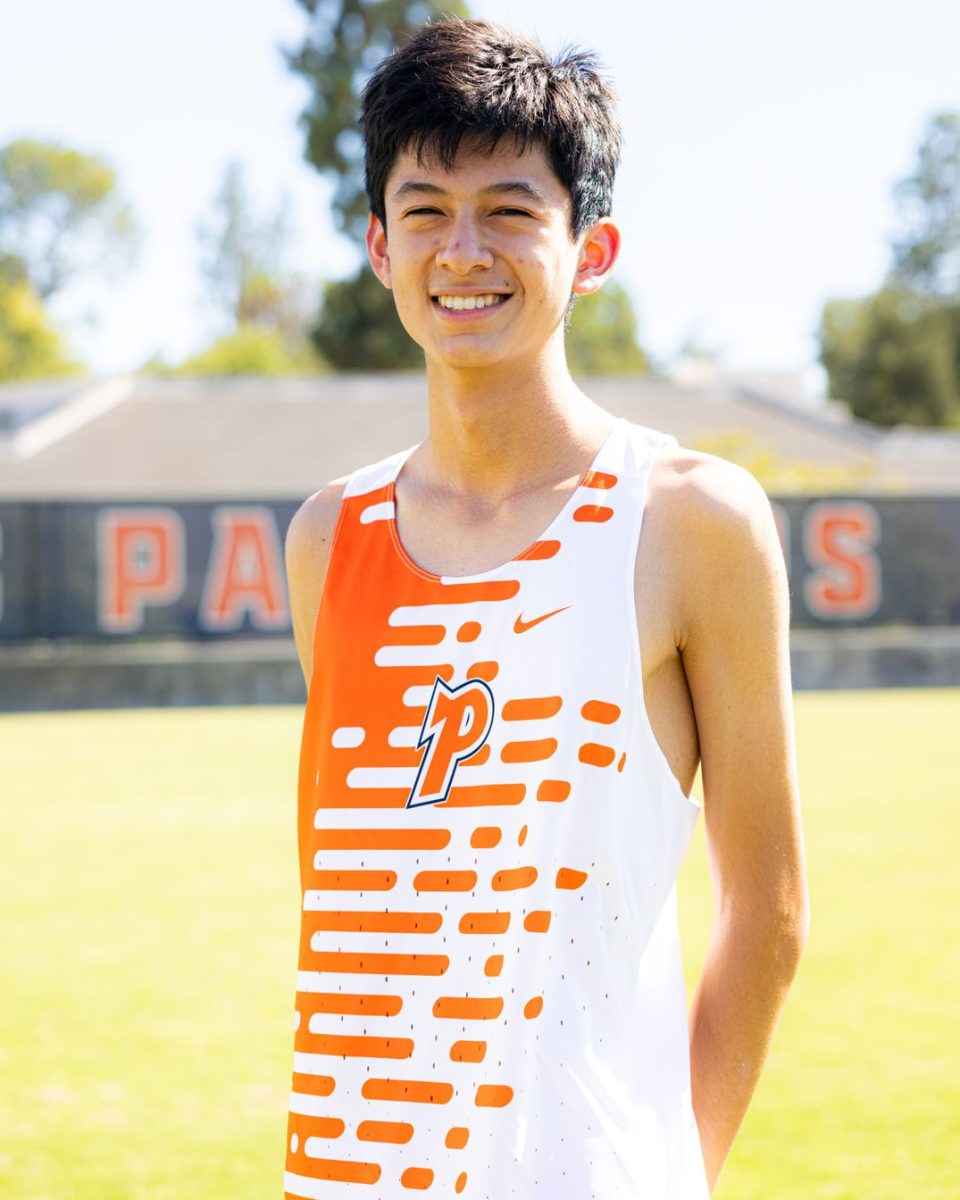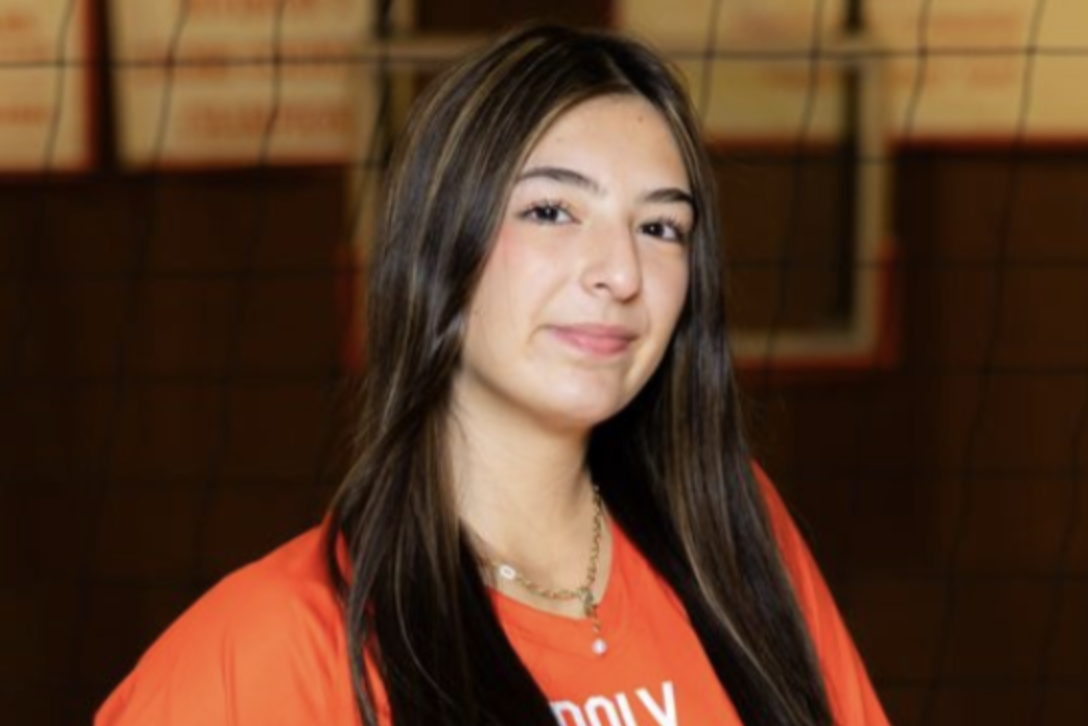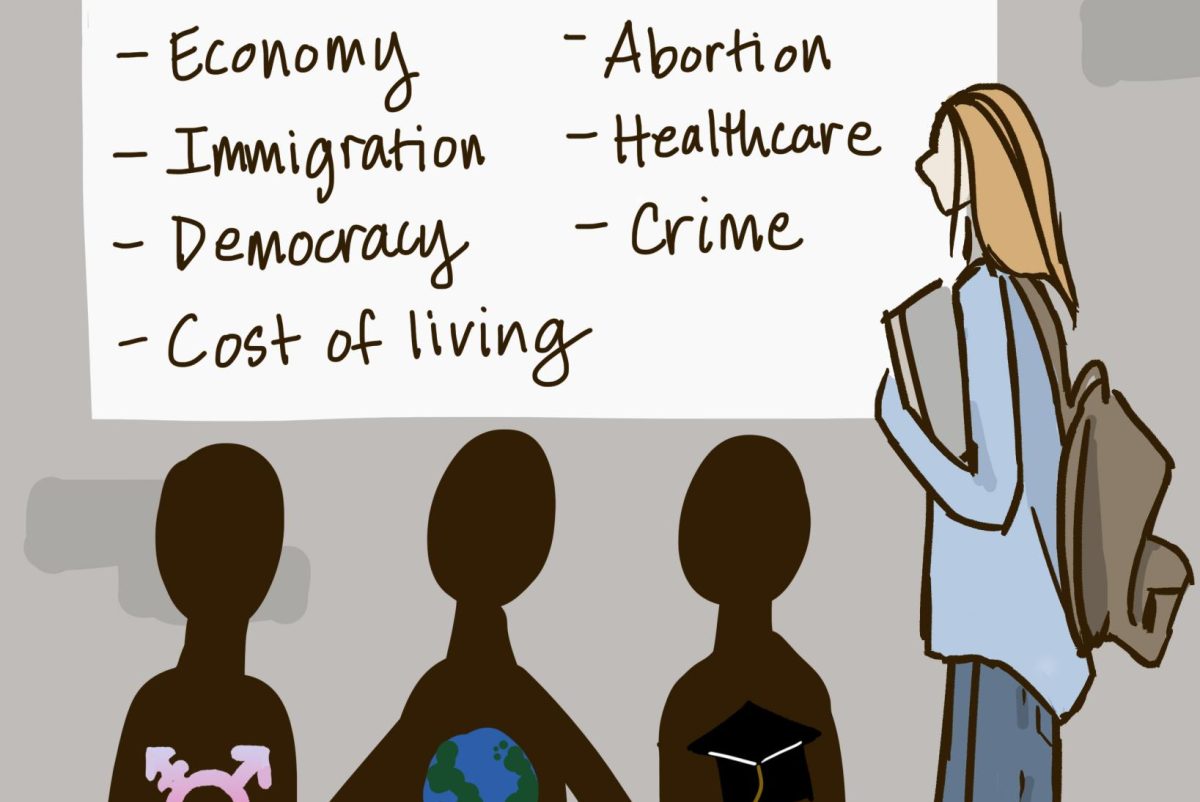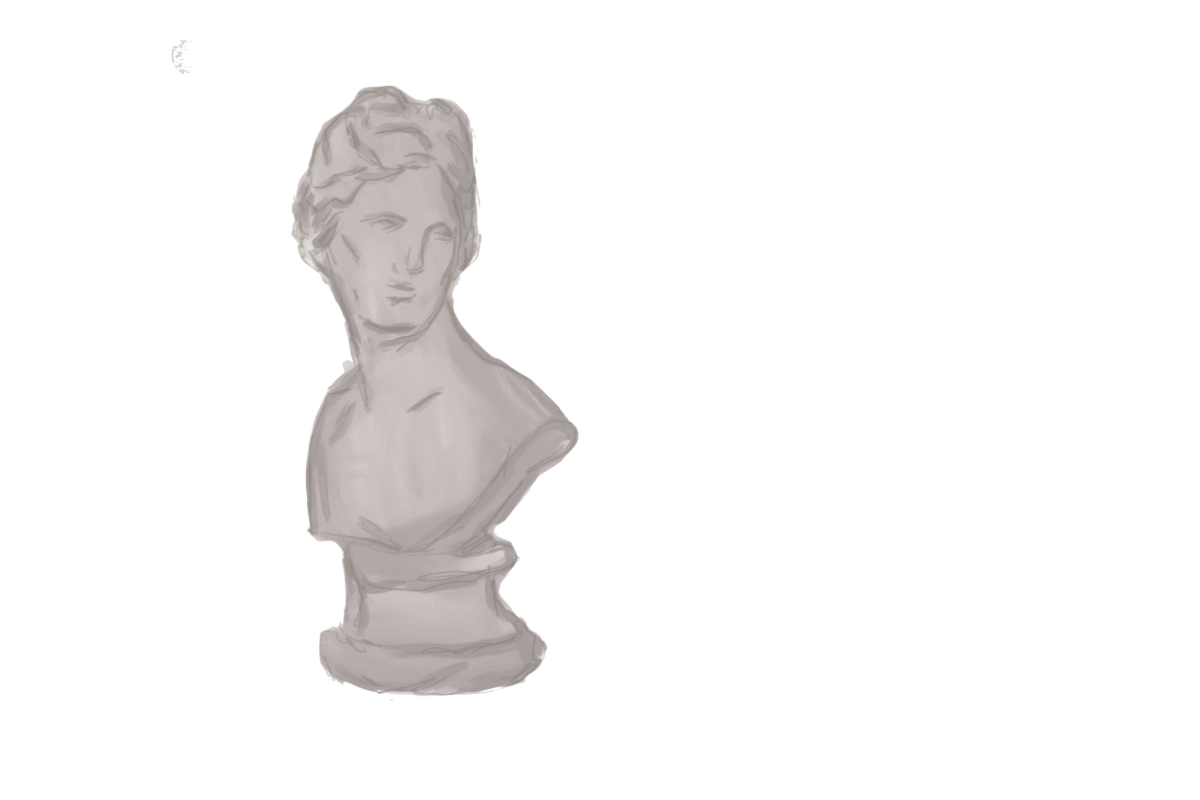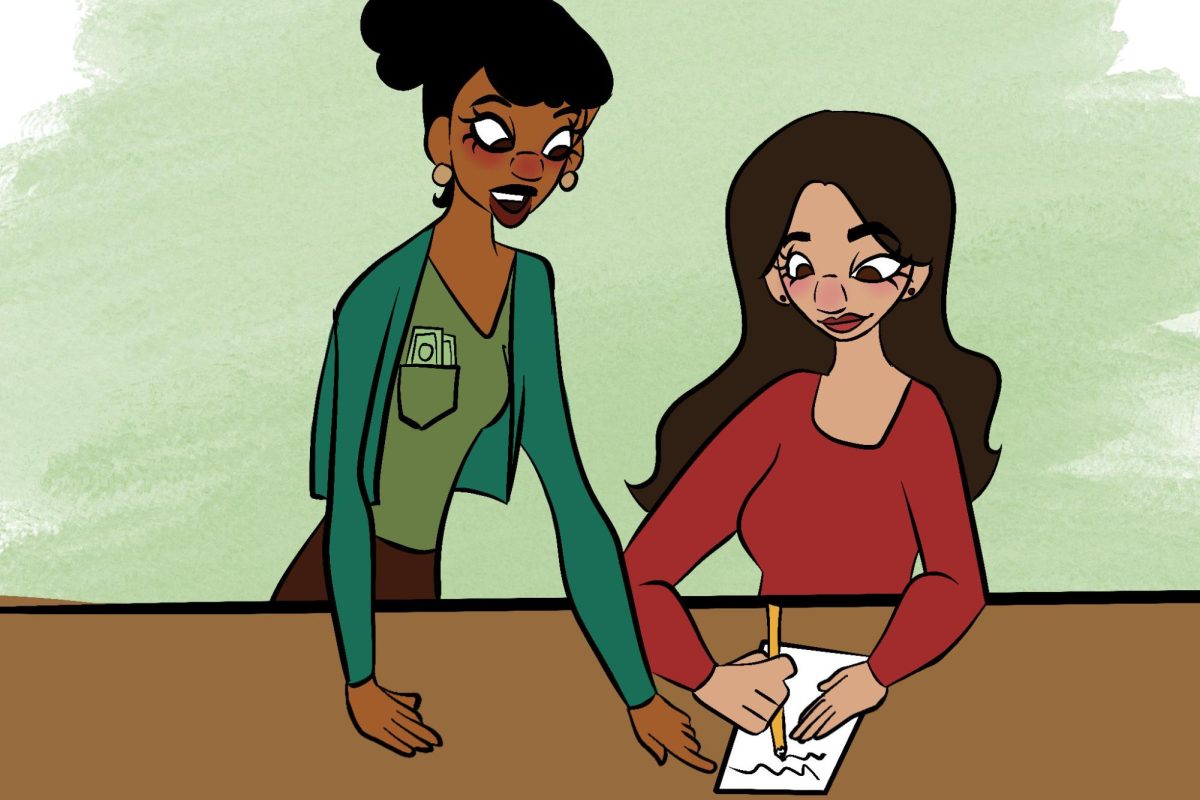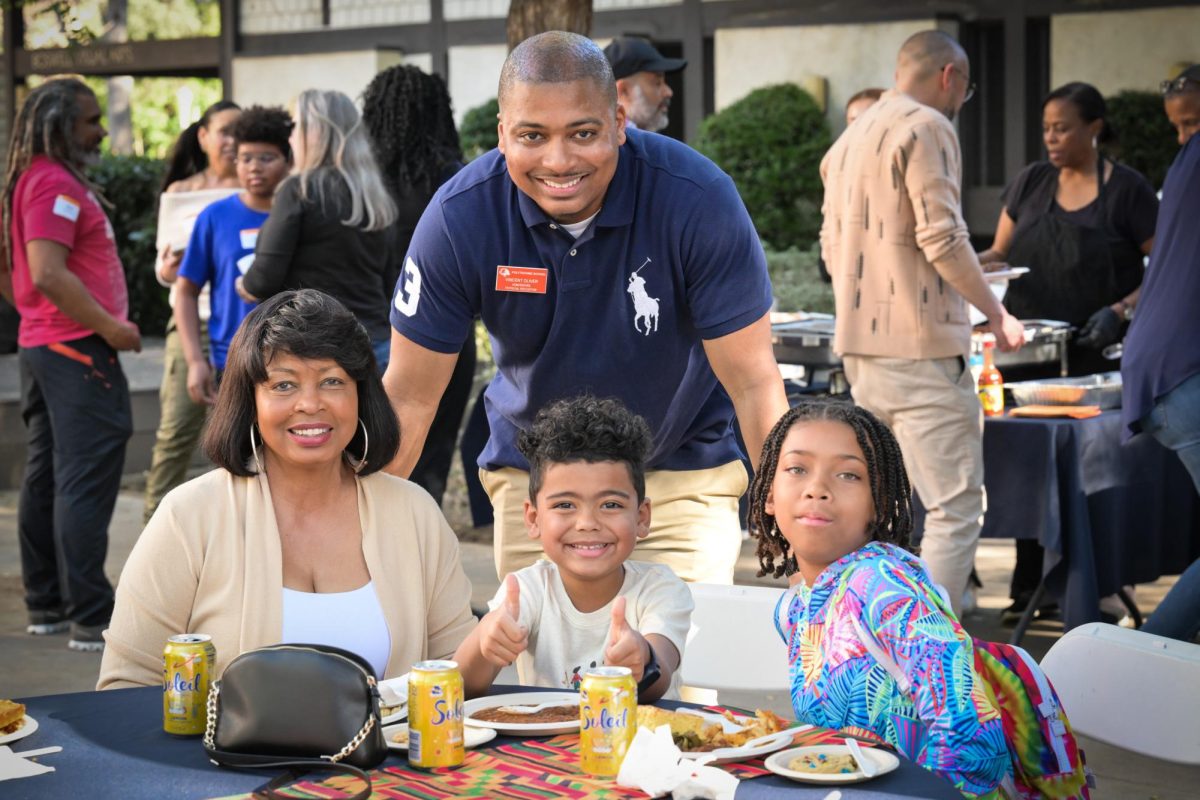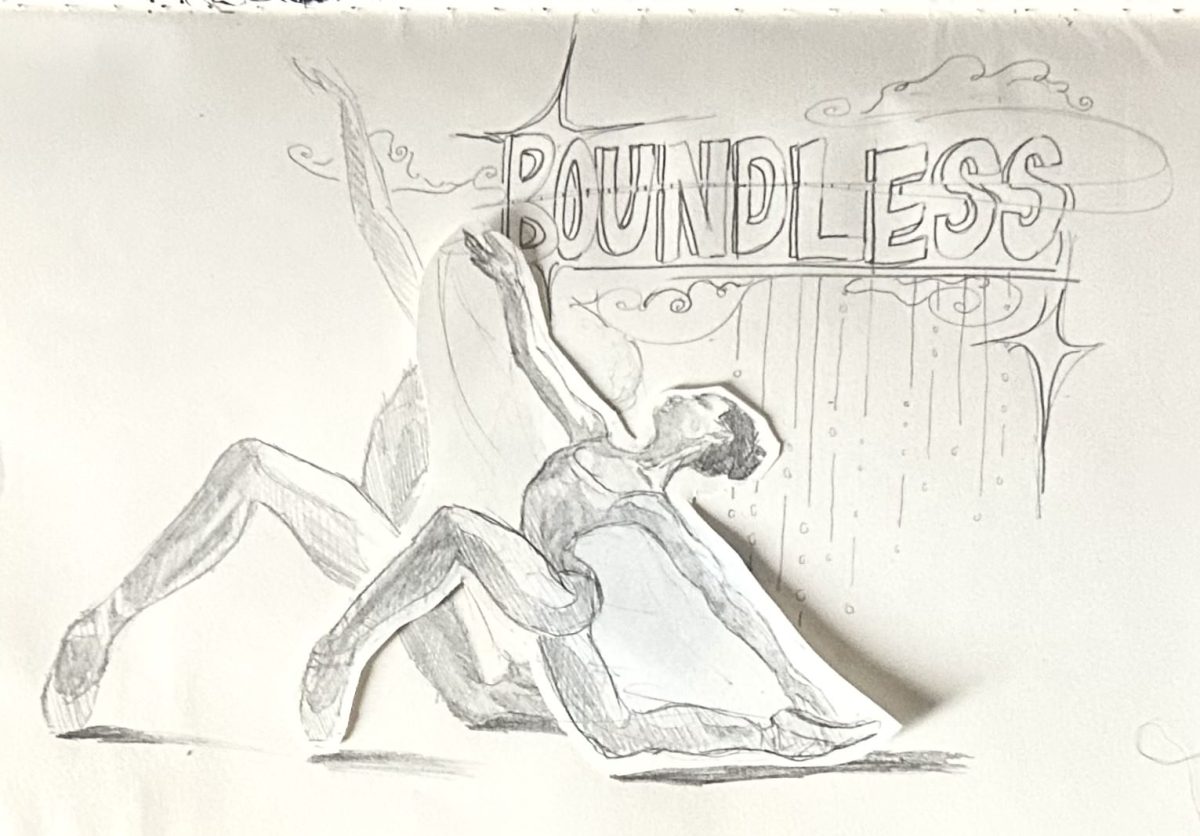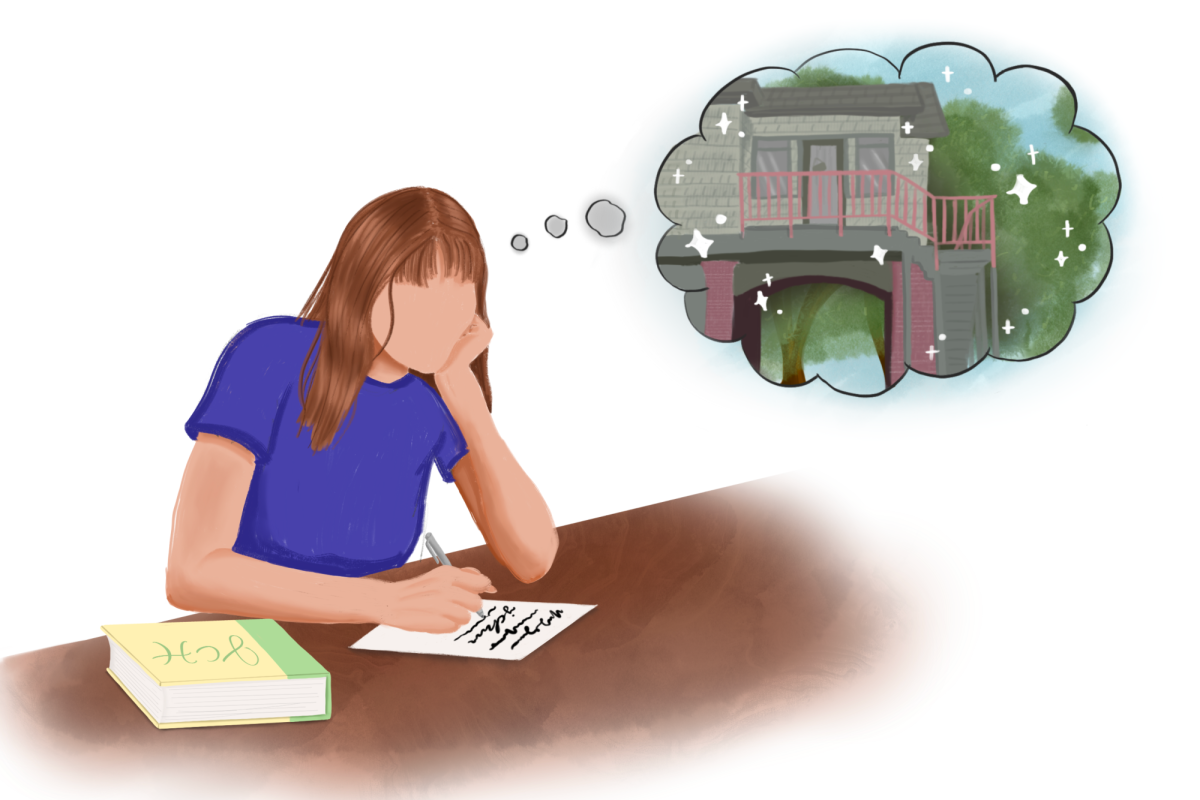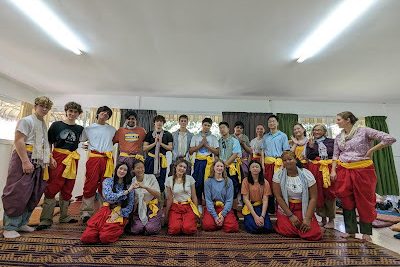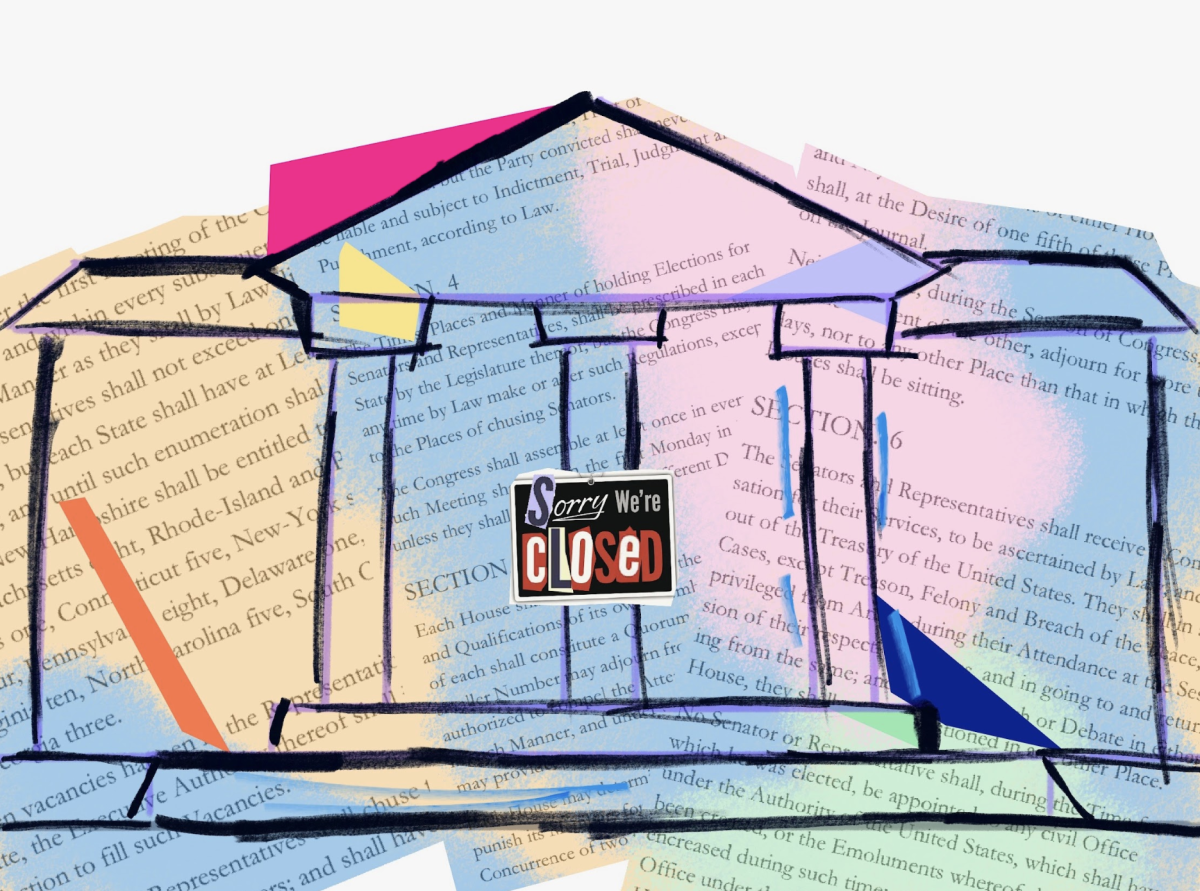After a 20-hour journey, 17 Poly students and three teacher chaperones arrived in Phnom Penh, the capital of Cambodia. For the duration of their 12 day stay, the students had the opportunity to discover Cambodia’s rich and complex history, from visiting the ancient Angkor Wat temple to the infamous S21 Prison used for torturous interrogations during the Cambodian genocide. The trip largely revolved around learning about both the horrors of the Cambodian genocide and the musical and artistic culture of the Southeast Asian country.
During their trip, the students witnessed the past and present challenges confronting the country. They gained profound insight into the genocide with a visit to the Killing Fields, followed by a traditional “smot” (funeral music) chanter. Their visit to the S21 Museum also provided a poignant reminder of the atrocities committed during the Khmer Rouge regime. However, the students’ exploration wasn’t solely focused on the past, as they also witnessed the resilience of the Cambodian people today. They saw firsthand the country’s efforts to rebuild and reclaim its cultural heritage through media like art and music, which were inspiring.
In addition, the students visited the Landmine Museum, where they learned about the tireless efforts of landmine detection group APOPO’s “hero rats” in uncovering the two million landmines still littering Cambodia’s landscape. The group spoke with Aki Ra, a former Khmer Rouge soldier who has personally dug up nearly 30,000 landmines, saving thousands of potential victims.
They also had the honor of meeting Nobel Peace Prize laureate Tun Channareth, who was recognized for his persistent efforts to advocate for the ban of landmines after losing both of his legs himself. Additionally, the students helped Channareth assemble wheelchairs for those who have lost or injured limbs, a tangible expression of solidarity and support for Cambodia’s ongoing journey toward recovery and renewal.
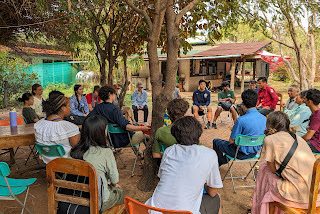
On the eighth day of their trip, Poly students visited the renowned Angkor Wat temple complex. Freshman Arjun Dhadwal said, “I was in awe of how these stone temples have stood for thousands of years. The intricate Hindu-inspired carvings and writings on the stone brick walls are not only beautiful but also captivating.”
After visiting Angkor Wat, the students went to the Save Elephant Foundation Sanctuary, where they met three elephants rescued from abusive homes. Finally, before returning home, the students engaged in cultural immersion activities in the local community. The group visited the rural Banteay Chhmar, where they resided in a homestay. They also visited a silk factory, a cassava field and different families in the local village.
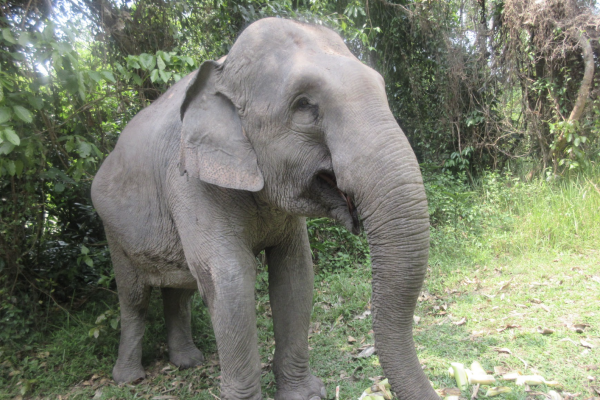
Though the GIP Cambodia trip presented challenges, ranging from the hot climate to the difficulty of discussing heavy topics, many students found opportunities to connect with one another.
“My favorite memory of this trip was getting to connect with all my peers,” stated junior Justin Lee. “Our group was a big mix of all classes and I didn’t have anyone that I was that close with going into the trip. I definitely made many more connections throughout the school.”



